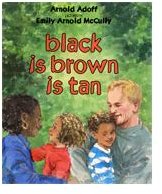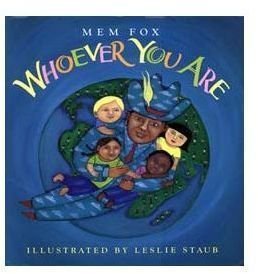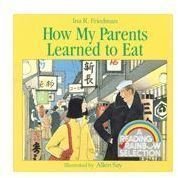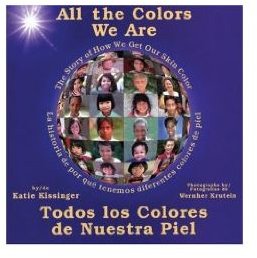5 Preschool Books About Diversity to Use in the Classroom
Young children can be exceptionally curious and wonderfully accepting of what our world has to offer! This provides the perfect opportunity to begin open discussions about the physical and cultural differences between ourselves and others. Here are several recommended preschool books about diversity which you can use at home or in the classroom to introduce, acknowledge and celebrate that each one of us is unique!
**
All the Colors We Are, by Kate Kissinger
Children are naturally curious about different skin colors and this book does a wonderful job of providing scientific explanations which are age-appropriate, including discussions about the function of melanin, correlations between the environment we live in and our skin color, and the role heredity plays in determining our skin color. This story was chosen as recommended literature by the Parent Council for its use of photography and engaging language. All the Colors We Are helps children understand why we may be so much alike and yet physically different - all at the same time!

Black is Brown is Tan, by Arnold Adoff
Touted by the publisher as being the first children’s book to ever feature an interracial family, this poem was first made into a story in 1973. The contemporary version features vivid watercolor pictures depicting a warm and loving multicultural family embracing their own differences with the chorus:
black is brown is tan
is girl is boy
is nose is face
is all the colors of the race

Whoever You Are, by Mem Fox
Written by popular children’s author, Mem Fox, this story brings home the message that in many ways, we are all alike - no matter the color of our skin, the language we speak or they type of home we live in. According to her own website (memfox.com), Mem Fox wrote the story after thinking, “We have to get to the kids, while they’re young. Teach them about the similarities between the peoples of the world, not the differences.” From the story:
“Little one/Whoever you are/Wherever you are/There are little ones just like you/All over the world./Their skin may be different from yours/And their homes may be different from yours;/Their schools may be different from yours/And their…” (retrieved January, 2010)
How My Parents Learned to Eat, by Ina R. Friedman

In this book, a little girl recounts the story of how her Japanese mother and her American father overcame the cultural differences stemming from the type of utensils they used to eat with. When they first met, the girl’s father was embarrassed because he did not know how to eat with chopsticks, while her mother was worried because she did not know how to eat with a knife and fork. Eventually, the couple found common ground by agreeing to use both, and the story ends with the narrator explaining that this has shaped the eating habits for their family - some nights they eat with chopsticks and other nights they eat with a knife and fork. Most important, however, is when the little girls explains that for her this arrangement is “natural.”
This story is one of the preschool books about diversity that can easily springboard into a discussion about the children’s own family customs, how they were shaped and how they might be similar to or different from the customs of other families.

Stinky the Bulldog, by Jackie Valent
Stinky is an adorable little bulldog who finds, after moving to a new neighborhood, that he has trouble making friends because of the unintended connotation of his unique name. Through this story, children will learn that one should not judge others simply on outwardly appearances, but instead strive to accept people (or dogs!) who are different than they are. In the end, Stinky learns that a true friend is one that likes you for who you are on the inside.
Diversity in the classroom and in your community is a topic that preschool children will relate to, and using books to illustrate the concept makes it easy to talk about as well. As a result, the children will benefit greatly from learning how to better understand and appreciate one another now and in the years to come.
